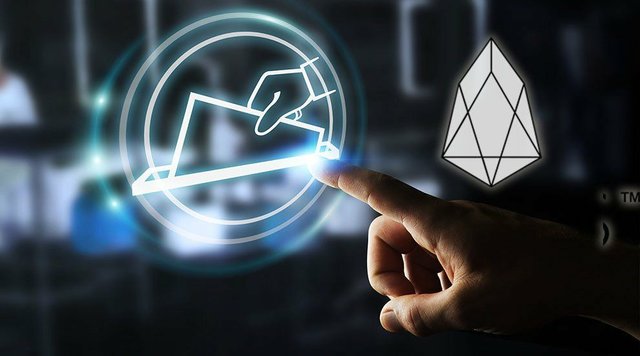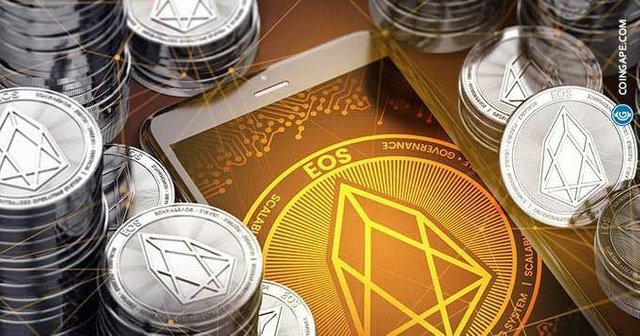EOS Tokens & Voting For Block Producer
The EOS community members have the voting power, and it's measured in staked EOS tokens. The voters can participate in voting activity personally or they can opt to delegate their voting power to proxies. It's important to realize how exactly the EOS tokens are used for voting because the entire success of EOS as a project strongly depends on effective voting.
The Role of Voting on EOS
One of (numerous) unusual characteristics of the EOS platform is the approach to governance and decentralization. The decentralization is limited by 21 block producers, but the creators of EOS (the block.one company) have put these block producers in a hard competition — they are public and they have to prove their efficiency and loyalty towards community's interests all the time because there is a voting that takes place every 2 minutes, and the unsuccessful block producer can be replaced by a competitor as a result of voting. It means that effective voting affects the decisions made by block producers, and it helps to avoid the centralization (because block producer candidates are public, and people are not likely to vote for several BP candidates that represent only one actor).
Block producer candidates should be nice to each other (because in EOS members should benefit the community, not care only about themselves) and they should offer something to the community. For example, MinerGate. MinerGate has a huge audience of miners and introduces EOS to the audience. As a mining pool, MinerGate has experience of working with high load systems, plus the platform is going to enrich the community with its experience in dealing with such spheres as protection measures and privacy. MinerGate's tech expertise might be an important part of the power of 21 block producers.
The Basic Info
The counting of votes happens every 126 seconds because that's the length of block creation round. In that time frame, each block producer creates 12 blocks (0.5 sec per block). One token provides an opportunity to vote for 30 candidates (the list of candidates is way longer than this) and each of these candidates gets the number of votes equal to the number of staked tokens of a voter. After the voting, the staked tokens are not available for use for three days.
Proxy Voting Feature
It is understood that personal participating in every voting is, let's say it, impossible. That's why the Institute of proxy voters is a very important part of the EOS platform. Any EOS member can delegate the voting power to a proxy voter who's eager to vote on the tokens owner behalf. The way proxy voter should vote is discussed by this voter and the owner of the tokens. In case, if the proxy actor fails to vote the way it was supposed to, the voting power gets revoked in favor of the owner. This feature keeps the platform active and provides a quicker reaction to the changes in the ways Block Producers act.
Profit of Block Producers
What fuels the competition for a place among 21 block producers is the potential rewards. As it was mentioned earlier, EOS is quite unconventional even in comparison to the other blockchain platforms. EOS is inflationary, but its inflation is programmed, and its level is 5% a year. It means that in the first year the number of EOS tokens has increased by 50 million. 20% of these tokens is the reward given to block producers. A quarter of these tokens is distributed among all of 21 block producers equally, and the rest tokens are distributed in proportion with votes. Vote buying is not allowed on EOS.
After the Vote Is Cast...
As soon as a voter is ready to vote she/he should stake the EOS tokens. After the vote is cast the tokens get locked for 72 hours. During this period none of these tokens can be used for any kind of transaction.
7 days after the voting the one-year long voting power decay starts. If the voter fails to re-cast the vote for 7 days, the voting power gets smaller. In one year the power drops to 50%, but it ups to 100% as soon as the vote is re-cast. This measure is aimed to stimulate the voting process and keep the votes relevant.
Worker Proposal Fund
And what about 80% of tokens created with inflation? These tokens go to a Worker Proposal Fund. The EOS community members are free to request whatever new DApps, tools, or upgrades, they see as useful. Then the community votes for the best proposals and the most popular ones get funded with the tokens from the Worker Proposal Fund. This feature makes EOS even more individual and democratic platform.

